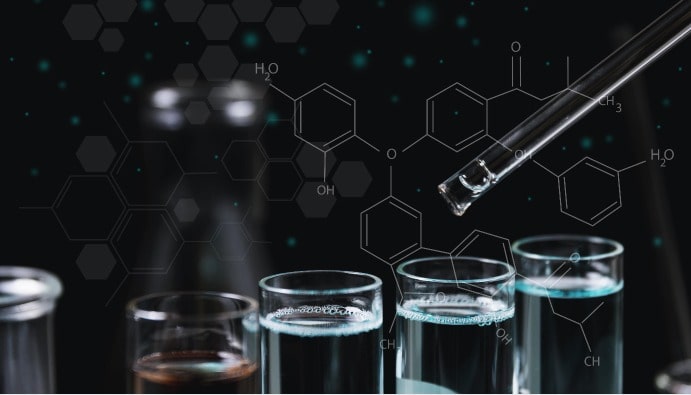
BLOG
KATEGORİDEKİ DİĞER YAZILAR

Per- and polyfluoroalkyl substances (PFASs) are a large class of thousands of synthetic chemicals commonly used and found in the environment that contain the strongest carbon-fluorine bonds in organic chemistry. They resist degradation in the environment due to their strong carbon-fluorine bonds. Most PFASs can be readily transported into the environment over long distances from the source of release.
Studies show that PFASs pollute groundwater, surface water and soil. Cleaning up areas contaminated by PFASs is technically difficult and costly. PFASs will continue to accumulate in the environment, drinking water and food if measures are not taken to prevent releases.
All PFASs are persistent substances in the environment. As is well known, they remain in the environment longer than man-made substances. As long as PFASs continue to be released into the environment, people will be exposed to higher concentrations of Perfluroalkyl Chemicals (PFASs). What is known about some PFASs can be listed as follows:
PFASs are released directly or indirectly into the environment from industrial plants using PFASs, consumer products such as cosmetics and textiles, and products in contact with food. PFASs are used to prevent food from sticking to packages and cookware, to make products such as clothes and carpets stain-resistant, or to produce effective fire-fighting foam.
The latest on PFASs is Commission Regulation (EU) 2022/2388 on maximum levels of perfluoroalkyl substances in certain foodstuffs. Effective January 1, 2023, the regulation states that the presence of PFASs (PFOS, PFOA, PFNA, PFHxS) should be monitored in foods such as “fruits, vegetables, starchy roots and tubers, seaweed, cereals, nuts, oilseeds, food for infants and young children, animal foods, soft drinks, wine and beer”.
Nanolab Laboratories Group continues to provide services within the scope of Perfluroalkyl Chemicals (PFOS, PFOA, PFNA, PFHxS) Analysis. We also provide services in Dioxin Analysis.
Contact us for more information.
You can follow us on LinkedIn for up-to-date news and posts about our services.
Follow our Instagram account to be informed about our latest blog posts.